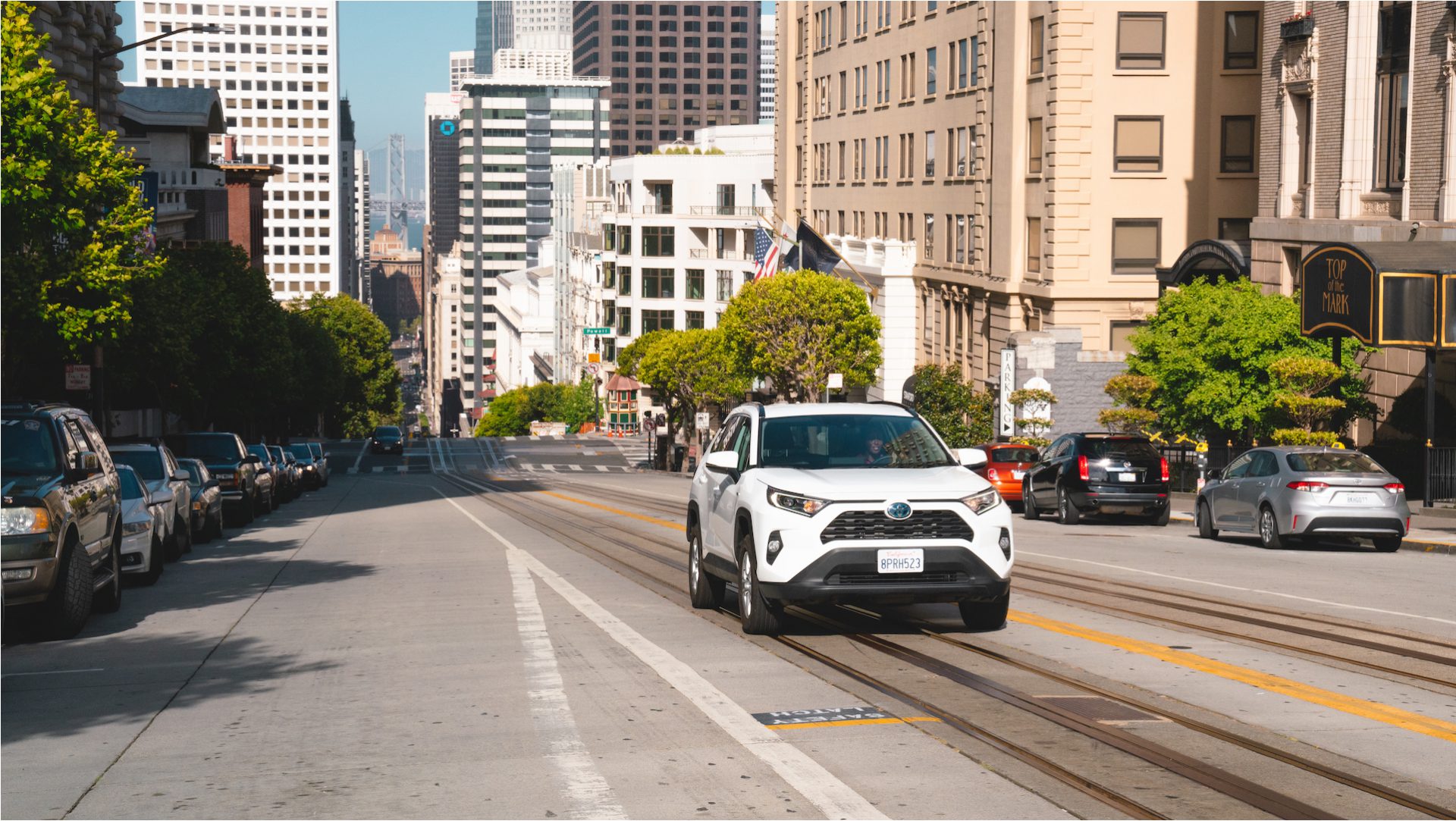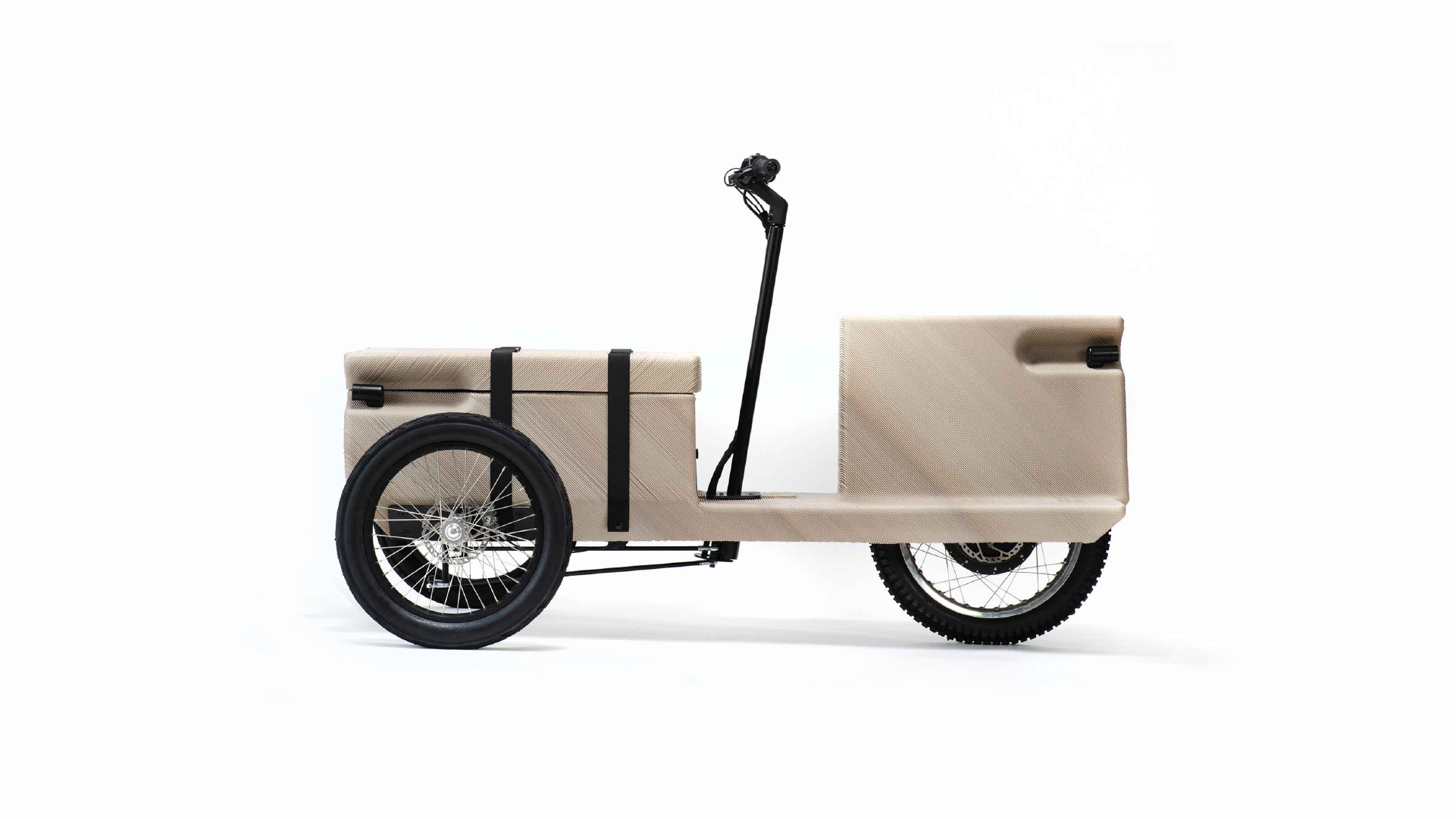How Upshift invented fractional car leasing to replace car ownership in cities
Upshift is a fractional car subscription service that was born out of almost a decade long user-centered design approach

DesignWanted invited Ezra Goldman, cofounder of Upshift, to understand how the service was born and why despite all the new forms of transportation in cities, people still own cars but they just drive them less and less.
In fact, by Upshift’s analysis, up to half of all cars in cities are driven more often to avoid parking tickets than they are to actually carry their owner anywhere useful.
In San Francisco, there are around 270,000 cars that get driven less than a few days a week. That’s like all our city street parking filled with cars that are hardly ever driven.

I have worked on shared transportation projects since co-founding a bike-share in 1999 and helped to design an electric scooter for shared use at the MIT Media Lab in 2006 while studying urban design. Despite all the enthusiasm for these types of services “replacing cars”, what the data consistently show is that these services tend to replace transit and non-motorized travel.
Upshift is a fractional car subscription service that was born out of almost a decade long user-centered design approach, focused on reducing the number of underutilized cars parked on city streets. What we realized early on was that there are certain types of trips that are really best served by driving.
Going on a big shopping run, taking your dog for a walk, or going for a hike to name a few situations are hard to do without a car. It was increasingly clear from all data that only accessing a car replaces owning a car.
If you are curious to know more about innovative modes of transportation, don’t miss A scooter that runs on air? Poimo is portable and inflatable.
Many people in cities use a range of alternatives for their daily commute. Yet they still own cars, they just drive them very infrequently. Car ownership has many headaches including parking tickets, broken windows, dealing with insurance and repairs, and years locked into expensive car payments.
So to replace car ownership the question is: how do you make accessing a car feel like owning a car, but more convenient and without all the headaches?
Starting in late 2011, we thought to do a true co-ownership or car co-op model. This would radically reduce costs for everyone as there’s virtually no overhead and you could cut all costs of ownership nearly in half.
But user testing suggested that there was too much friction, especially around availability but also maintenance, repairs, cleaning, etc. We knew it would need to be a car subscription with a fleet manager. One question that came up a lot was vehicle location.
If the people who want to share a particular car live across town, where do you put it?

Delivery was becoming popular at the time in mid-2016 when we launched and autonomous vehicles seemed imminent, so delivering cars made sense and resonated with prospective members. In an effort to make it feel more like “ownership” and to simplify our operations, we only put one type of car on the platform, all identical down to the spec, trim, and white color.
That way, it would be familiar and you’d always think you were getting “your” car. It also simplified our delivery operations, hardware integration, and made scheduling more flexible. We opted for the Prius as user testing suggested it was a popular car, it was differentiated, it aligned with our goals of reducing our carbon footprint, and – importantly – the hatchback fit a bicycle for efficient deliveries.

While we knew fractional subscriptions were the future, we also knew it would be hard to execute. Subscribers would have high demands like guaranteed availability and fast delivery, and we needed to learn.
So we launched a pay-per-use model. You just needed to set up an account, then send us a text and get a clean, gassed up Prius delivered from $89/day, including everything like insurance and taxes.
Things were going well with this service – up and to the right. But it wasn’t replacing cars. We were just an easier car rental service, attracting tourists and carshare users looking for an easier way to get a car occasionally.
If we got someone to use the service once a quarter, we considered them a “heavy” user! But that person wasn’t likely to buy a car and we knew if we went away, they’d go back to using carshare or a rental car for that trip.
So we pivoted in early 2018 to a fractional car subscription model. We offered a similar service: get a Prius for the day, delivered. But the subscription changed everything. Members pre-pay for a certain amount of days of drive time each month. Unused days rollover and extra days are a flat day rate.
Something about separating the payment from the usage and having a flat monthly subscription of a couple hundred dollars changed people’s psychology to make it feel more like a lease. If you want to drive somewhere, there isn’t any friction involved and it always feels like the “same” car.

Over the course of a year, we “fired” virtually all of our initial members and rebuilt our membership base from the ground up. We also reduced damage losses, fraud, and risk of theft because we now had a relationship with a member rather than a transaction with a customer.
As a result, we completely changed our operational model. We moved to a completely “self-service” pickup and return process using telematics to unlock and locate the vehicle, increasing our delivery efficiency, and improving the member experience.
The people we attract now consistently tell us that they found our service when they were considering leasing a car. We recently added a Toyota RAV4 hybrid SUV and have found that this attracts a new membership base while expanding the value proposition for our members.
We recently added a substantial upfront activation fee and reduced our monthly subscription prices to make our pricing feel more like a “lease” and to further differentiate ourselves.

We have long had apps to support billing, booking, and delivery logistics but we just redesigned our member web account portal and we’re about to build our first member-facing mobile application. This will be like a “2-car garage in your pocket”.
The first designs looked like an “on-demand car rental service”: drop a pin on the map and watch the car come to you in 30 minutes. We threw them all away and started over. Now you can set your default preferences so you can always get the RAV4 delivered to your home in Eco mode with a dog car seat cover installed. All you need to tell us is when you’d like it to arrive.
Our goal is to eventually dispatch a fleet of connected, electrified, and autonomous vehicles from centralized mobility hubs that members subscribe to as part of an integrated network of transportation services.
Essentially, we’ll replace car payments with mobility payments. Think of it like the car dealership of the future, one in which people no longer own cars. And once we get there, we can eliminate enough cars in cities to replace street parking with public parklets, bike, bus, and micro-mobility lanes, rideshare pickup zones, and slow streets so cities can finally be for people instead of cars.
[ Read also 47 urbantech startups to change how we live and move in cities – Interview with Miriam Roure from URBAN-X ]

















